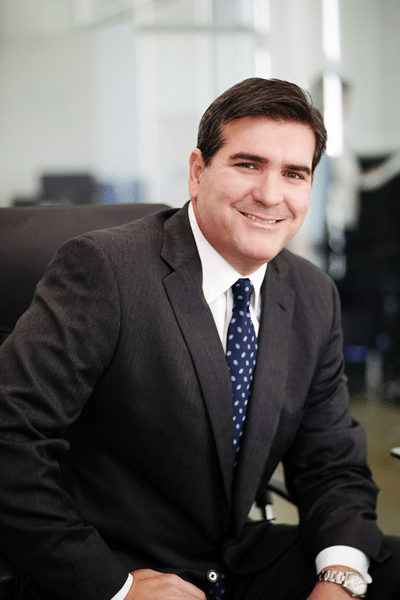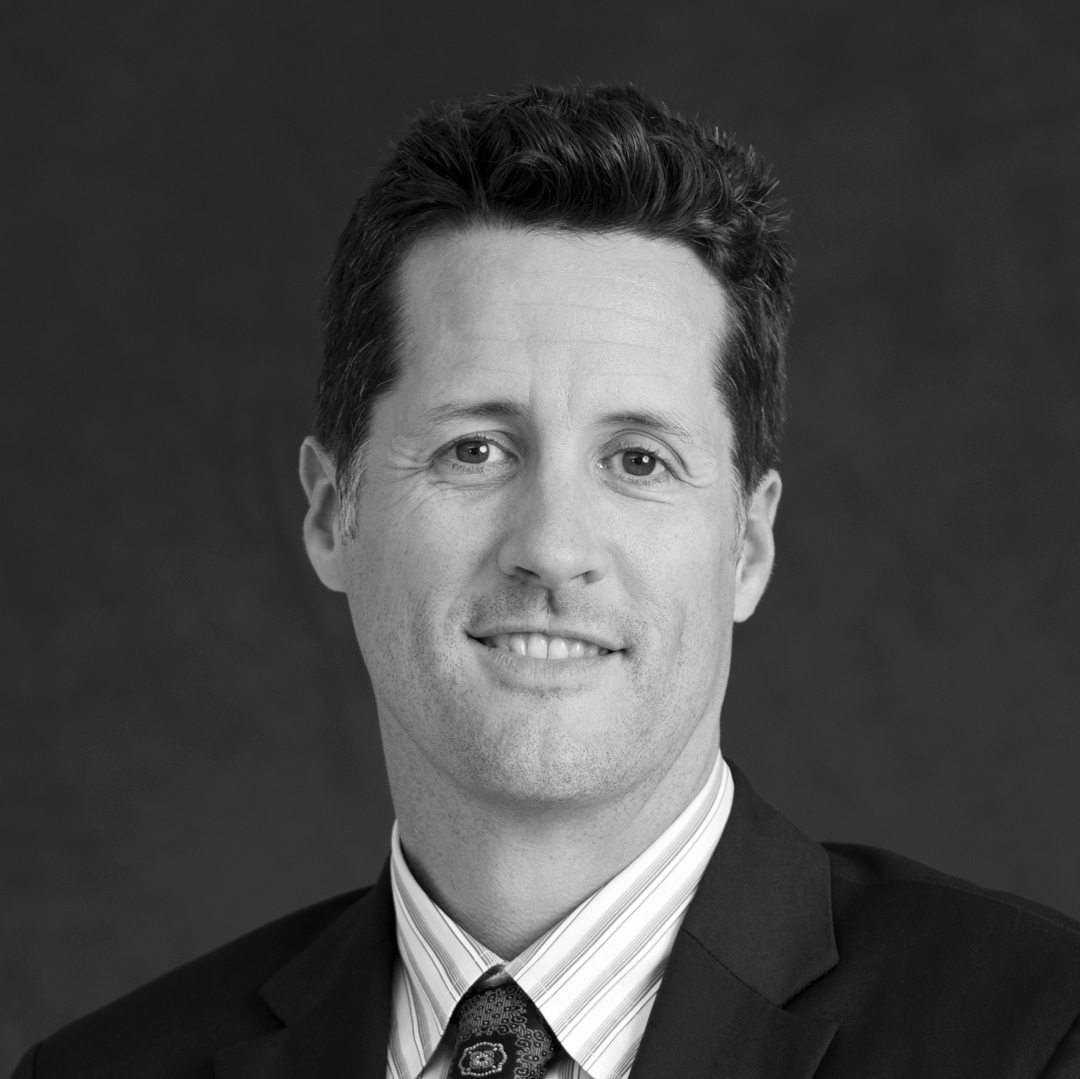Jose Barreau remembers the exact moment he knew that something had to change.
Barreau, an oncologist at the time, tried calling another doctor at his hospital to no avail. The doctor paged Barreau later, and a game of phone tag ensued. “All I needed to tell him was three words,” he says. But they were necessary words that can often have life or death consequences in medicine, and Barreau’s frustration at what some seemed like an antiquated communication system had reached its peak. “I have always loved all forms of communication,” he says. “To not have that in healthcare is crazy to me.”
Barreau cofounded Halo Communications in 2010 with the mission to “create the highest-quality secure messaging and care coordination system for healthcare by having physicians, nurses, and technology experts working side by side.” Its flagship communication platform, Halo Spectrum, is a cloud-based platform that spans system-wide and connects hospital professionals using secure messaging, voice-over-internet calling, system-wide scheduling, and mobile alerts. Based on the platform’s deployment success, Barreau and company are first to a party that was long overdue.

Halo Spectrum aims to not just improve but also fully replace healthcare systems’ means of communication that are often pieced together haphazardly using bits of technology from the past thirty years: everything from landlines to pagers to Google Spreadsheets to wall calendars. The platform provides every healthcare professional a clean and easy-to-use interface via their mobile device that allows real-time communication across a unified platform. The system is capable of encompassing electronic health records, documentation, revenue cycle management facilities, and even entire organizations, allowing for instant communication. Barreau says the platform also helps guard against alert fatigue, a common phenomenon in a hospital setting. “EHRs come with tons and tons of messages that don’t have any value,” Barreau says. “We want to reboot what’s important for dealing with right now.”
One of the initial concerns Halo Communications worked to overcome was healthcare systems’ reluctance to place such sensitive information in the cloud. Halo Communications partnership with Amazon Web Services was crucial in making sure the platform would allow for secure communication and data management. Barreau says the rigid HIPPA compliance protocol as well as Halo Communications’ own constant security maintenance put clients at ease.
Collaborating with new clients often involves working to redefine entrenched ideas. Healthcare systems used to purchasing and coding their own software might find Halo Communications’ approach unconventional. Although Halo Communications doesn’t customize its software, it is highly configurable. “Our software maintains scalability, feature-rich environments, and a constant modern version with every health system because we’re software-as-a-service,” Barreau says. “That’s the way it should be; healthcare should be on the cutting edge at all times.”
Barreau says that just like Halo Communications, a health system’s implementation of Halo Spectrum begins with those who know their system’s needs the best: the CMIO and the chief nursing information officer. “That relationship starts with medical leadership and expands to tech leadership,” he explains. “We like to partner with organizations that want to modernize their communications.” Barreau admits that a full spectrum implementation is not easy, but the benefits are enormous. “You modernize your entire real-time communication system with one platform.”
Maintaining Halo Spectrum is an ever-evolving process in terms of technological innovation, security, scalability, and performance. “Once you start getting the level of users that we have on the platform across the nation, you have to make sure that the system scales well,” Barreau says. “Healthcare has no tolerance for poor performance.” SOC II certification and security policies are updated constantly, and managing different mobile device user experiences and those operating system updates are a full-time monitoring process of their own. “If healthcare is going to go mobile, it can only do that with a company with a platform based in the cloud that is used to navigating the necessary mobile environment,” Barreau says.
The clinical communications mind-set of Halo Communications starts with “clinical” for a reason. “I didn’t really see healthcare IT coming from the doctor and nurse perspective,” Barreau says. “I wanted to fuse clinical knowledge and tech together and have doctors and nurses and developers working hand-in-hand-in-hand to create products.” Working with those medical professionals instead of merely hiring consultants is what Barreau believes makes Halo Communications different.
That core difference means approaching communications solutions from a much different vantage point, especially for a company specializing in technology solutions. Barreau is the first to insist that all problems are not solved by tech. “Being a doctor allows you to look at problems and see if this is a problem that will be solved by better process and better communication in the health system, or can it be aided by technology?” Barreau asks. “We like to apply tech to get maximum value to doctors, nurses, and patients and not just because we can apply tech to a problem.”
That clinical-first mind-set has paid off in ways that Barreau says really speak loudly by barely speaking at all. The company didn’t even have a marketing department until late 2017, which meant that almost all of Halo Communications’ clients were coming to them by word of mouth alone.
As those clients mount and implementations occur, Barreau remains unimpressed by the day a deal is made. “I’m not really interested in selling software, I’m interested in a great user experience and implementation,” he says. “I get excited about changing healthcare, saving lives, and reducing delays in care.”
Barreau and his team’s excitement about Halo Communications comes from being there, and from knowing the value of the problems they’re solving. “That’s just the doctors and nurses in all of us here,” Barreau says.
Photo by Tina Gutierrez

